Martin Pring’s Introduction to Technical Analysis
$21.06
| Author(s) | |
|---|---|
| Format |
|
| Pages |
348 |
| Publication Year |
2015 |
Introduction to Technical Analysis explains how to evaluate trends, highs, lows, price/column relationships, price patterns, moving averages, and momentum indicators for a contemporary audience, using fully new, updated charts, diagrams, and examples. Pring uses his trademark expertise and engaging writing style to simplify concepts for traders. Links to an exclusive downloadable video featuring original content and in-depth explanations of the material is also included.
Author’s Note:
This book is designed for people who have no knowledge of technical analysis and want to quickly come up to speed on this fascinating subject. Those who have already accumulated a smattering of knowledge on chart interpretation should also find this explanation beneficial, as familiar ideas may be experienced from a new perspective.
I have always thought of technical analysis as an art form that uses scientifically derived indicators to identify a trend reversal at a relatively early stage and riding on that trend until the weight of the evidence leads to the conclusion that it has reversed. The “weight of the evidence” refers to the many indicators described in this book. They are far too numerous for the average trader or investor to simultaneously follow them all at any one time, but my job here is to present them to you by explaining their strengths and weaknesses. Your job is to pick out those indicators and approaches that you feel most comfortable with. Then, once you have made your choice, apply them in the weight of the evidence approach. The trick is to hone your favorites to perhaps four or five techniques that you have confidence in. Selecting too many will lead to confusion, and choosing too few will not provide you with enough evidence to make wise investment decisions. Remember, it’s going to be your money on the line, not mine, and if you are not fully confident in your approach, you are likely to be shaken out of a position at exactly the wrong time.
Technical analysis never deals in certainties, only probabilities. If you think that following it will lead to instant financial gains, you are better off looking elsewhere, because this approach, and any other that I have ever followed, cannot help in this objective. I often equate technical analysis with religion, the objective of which is to discover the truth, the meaning of life if you will, and how we can eventually move to a state of omniconsciousness or a vibration-free existence. In technical analysis, the goal is to harvest profits. Just as human beings follow different paths in their choice of religion, so it is equally appropriate for traders and investors to carefully choose their favorite techniques and approaches in that search for profits. You will notice that I used the word harvest profits because that’s what successful trading is all about. It’s about taking a little here and a little there, not about going for broke and trying to get rich quickly. Don’t forget that as a trader you are trying to take money away from professionals. Would you ever dream of trying to beat a professional golfer without extensive practice and training? Of course not. Why then would you expect to beat professional traders without sound and extensive preparation? I am talking specifically about trading here because in a long-term bull market it’s a win-win situation as the buy-and-hold process works for everyone.
Contents:
- Basic Building Blocks
- The Trend Is Your Friend: Know Which One You Are Following
- Those Zigs and Zags on the Charts Mean Something
- Support and Resistance: Which Is Which?
- Trendlines: One of the Simplest Tools, but Arguably the Most Effective
- How to Make Volume Work for You
- Recognizing Tops and Bottoms with Price Patterns
- Price Patterns for Traders
- Moving Averages, Envelopes, and Bollinger Bands
- Using Momentum Introduces a Different Dynamic
- Six Useful Momentum Indicators
- How Using Candlesticks Can Enhance Profits
- Beating the Market with Relative Strength
- Some Quick Tips on Practical Trading Tactics
Martin Pring's Introduction to Technical Analysis By Martin J. Pring pdf
16 reviews for Martin Pring’s Introduction to Technical Analysis
Clear filtersOnly logged in customers who have purchased this product may leave a review.

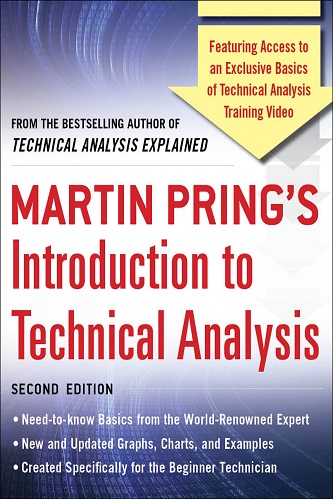


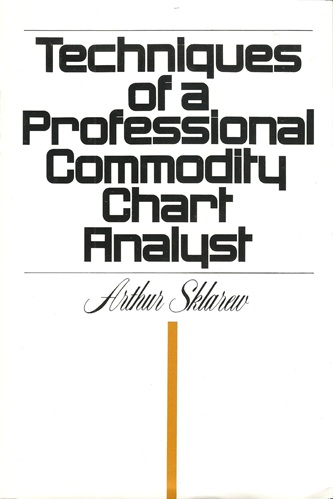
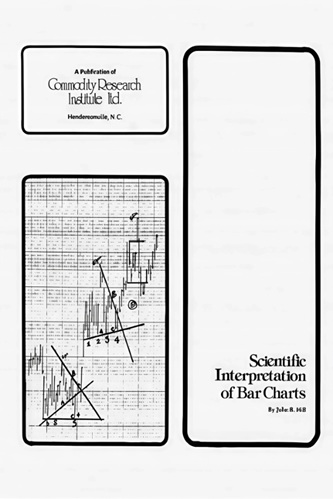

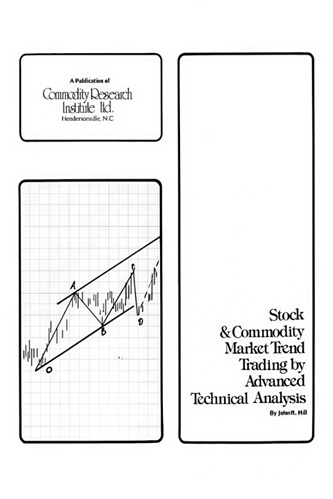
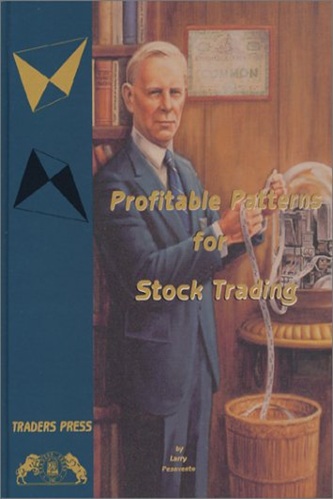
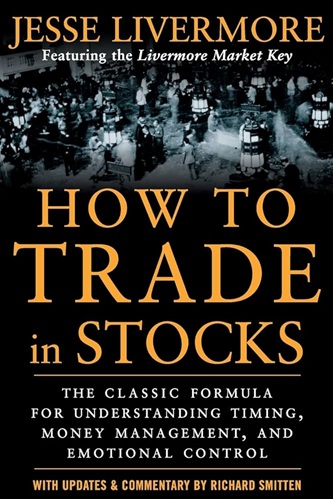
Elliott Maddox (verified owner) –
Good for beginners
Jolene Benson (verified owner) –
Very good consize book easy to read
Gerardo Gallagher (verified owner) –
good for starters. covers most of the concepts if not all.
Steven Pollard (verified owner) –
Its a good book but very firstly a very little knowledge is must about stock market.
Tessa Cervantes (verified owner) –
technical knowledge for dummies…martin pring holds your hand and walks you through the basics… reading this one is a breeze
Remi Pineda (verified owner) –
This is an excellent book with excellent quality. Must read for beginners who would like to learn TA
Lyric Houston (verified owner) –
Nice product, value for money
Lylah Nielsen (verified owner) –
This is a brilliant book and is equally useful for newbies and intermediate experienced practitioners.
Marisol Hill (verified owner) –
Excellent, book on technical analysis for beginners, without overwhelming the reader with useless technical, babble, rhetoric. Very clear and convincing, many other authors can take a lesson on how to write a simplistic, yet effective book on technical analysis. I dropped out after 4 chapters of ‘Technical Analysis Demystified’, by Candice Brown, another McGraw Hill book, due to not having a clue as to what I was reading, only to be refreshed in realizing that i’m not as dumb as I thought I was, after being lost in the sauce of the Demystified book. I’ve put Mr. Pring’s instructions to proper use, and right away I’m able to spot key signals to get in and out of a trade. This book puts more tools in my investment bag, and has made me into an multifaceted square cut diamond, as opposed to a 1 pump, cabochon, chump!
Kamari Rodriguez (verified owner) –
good intro to TA , but not finish reading it yet.
Ashley Fletcher (verified owner) –
Good intro to a difficult topic. Not sure the author’s English is as good with clear and simple English as his analysis though.
Bode West (verified owner) –
Like the book very much. This is the best book you can ever get in the world after other books.
Shiloh Allen (verified owner) –
I know technical analysis very well but never quite knew why it worked. this book goes into the more psychological aspects of why technical analysis helps give edge to a trade. Once never gets certainty nut one can improve odds.
Ariyah Banks (verified owner) –
Great information so far. I’m about 2/3 into the book. If your serious about trading, I definitely recommend this for your toolbox.
Evelyn Morse (verified owner) –
This was a great book for beginners- if you are start to read about technical analysis this is great start point but if you already have some experience with trading highly recommend the technical analysis explained
Carter Campos (verified owner) –
I have been a market professional for 40 years and have read most of the technical works going all the way back. This is among the best and the best since technical analysis of Stock Trends by Edwards and MaGee.